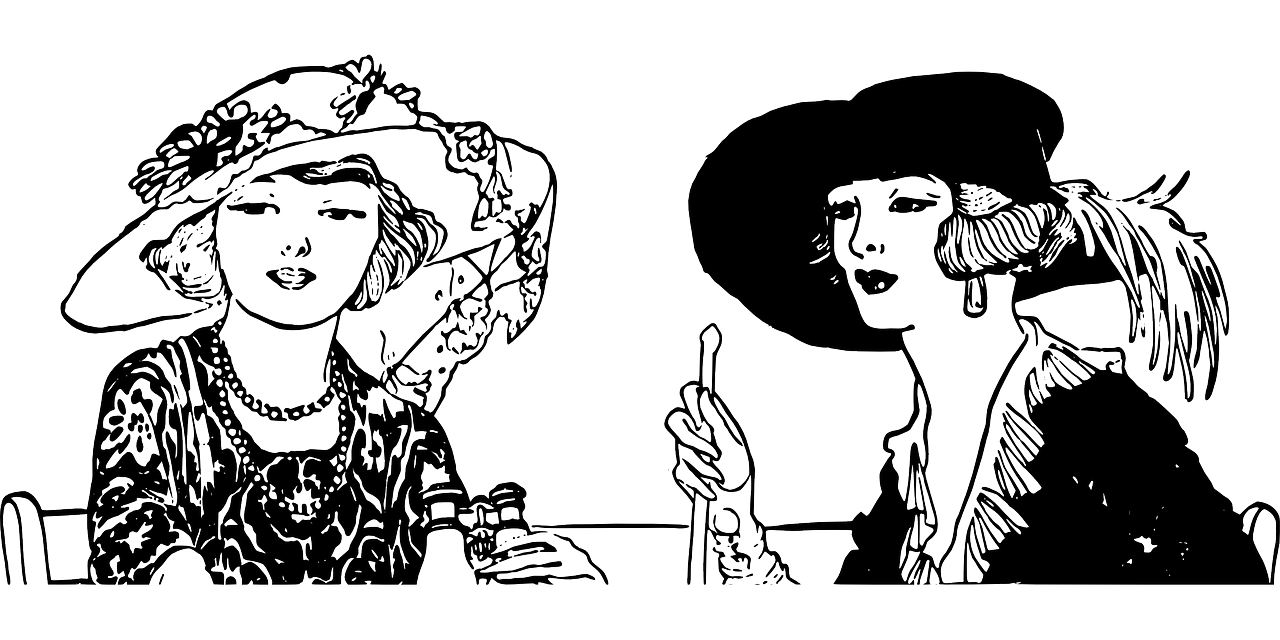Feminism in the history of Hungary

Not many people are aware that feminism has a tradition in Hungary as well, even though the legacy of prominent Hungarian feminists like Rózsa Schwimmer and others is now more important than ever.
“We want to demolish the ugly lie that one half of humanity possessing knowledge is sinful or shameful, and the most dangerous ignorance is innocence. That intellectual darkness is a charm of women, the unnaturally tortured and corrupted female figure is beautiful, and the sacrifice of human solidarity for the selfish good of the family is a virtue while an interest in social work is a modern craze.”
This passage is from the first issue of A Nő és a Társadalom (Woman and Society), the magazine of the Feminist Society that was published in 1907.
Even now, many are surprised that feminism is not new in Hungary, reports 24.
Rózsa Schwimmer (journalist, one of the first female diplomats and world-famous peace campaigner) originated feminism from the 1790s when noble ladies asked to join parliament as a spectator with the help of Péter Bárány.
“Open the gates to our innate freedom wider” was the slogan of their petition, which turned out to be a success.
Several authors appeared in the 19th century demanding female emancipation. Éva Karacs Ferencné Takács wrote that women are capable of the same performance as men in education as well as in arts, science, and politics. Terézia Kis Dobronyi Izsák has spoken out against domestic violence in 1828. “Many refined men, as well as ignorant commoners, don’t practise other meaningful superiority than using the force of his hand to abuse humanity. Because this power is also common in animals; but who has seen even the wildest of them hurt its fellow? They protect each other instead.”
Many women’s associations were established in the 19th century with the primary purpose of philanthropy. While these did not criticise the system, they dwelled in a sort of firefight: helping the poor, sick, and orphans, they are not to be underestimated, as this is how women could first work socially, speak up in public, and get some experience in organising. Hermin Veres Pálné Beniczky is regarded as the one who started the Hungarian women’s movement. Girls could receive higher education in the school established by her. Women were able to get an office job from 1885, and ten years later, some university faculties could be attended by women.
These steps enabled a small, independent group of Hungarian women to fight for the political equality of women.
There were no suffragettes in Hungary, they did not break windows or blasted mailboxes, nor did they chain themselves to fences. They used more ladylike methods to achieve their goal, but even this stirred the public – it was an outrageously radical idea that women are people, too.
The feminist society described their purpose as such: “the equalisation of women in every area”. Thus, suffrage was not a goal but a tool for the equal rights and social participation of women. They argued that woman are first and foremost humans and they cannot move and operate freely in a society that ties them down.
Their answer to the accusation that feminism is anti-family was that where feminist notions arise, ideas are elevated, discussions are deeper and more serious, and common aspirations are more ambitious.
Hungarian feminism was deliberately forgotten during Socialism, but it is worth bringing it back into social consciousness. They showed, even if only for a brief time, that there are common experiences and interests among women, despite class differences.
Source: 24.hu



